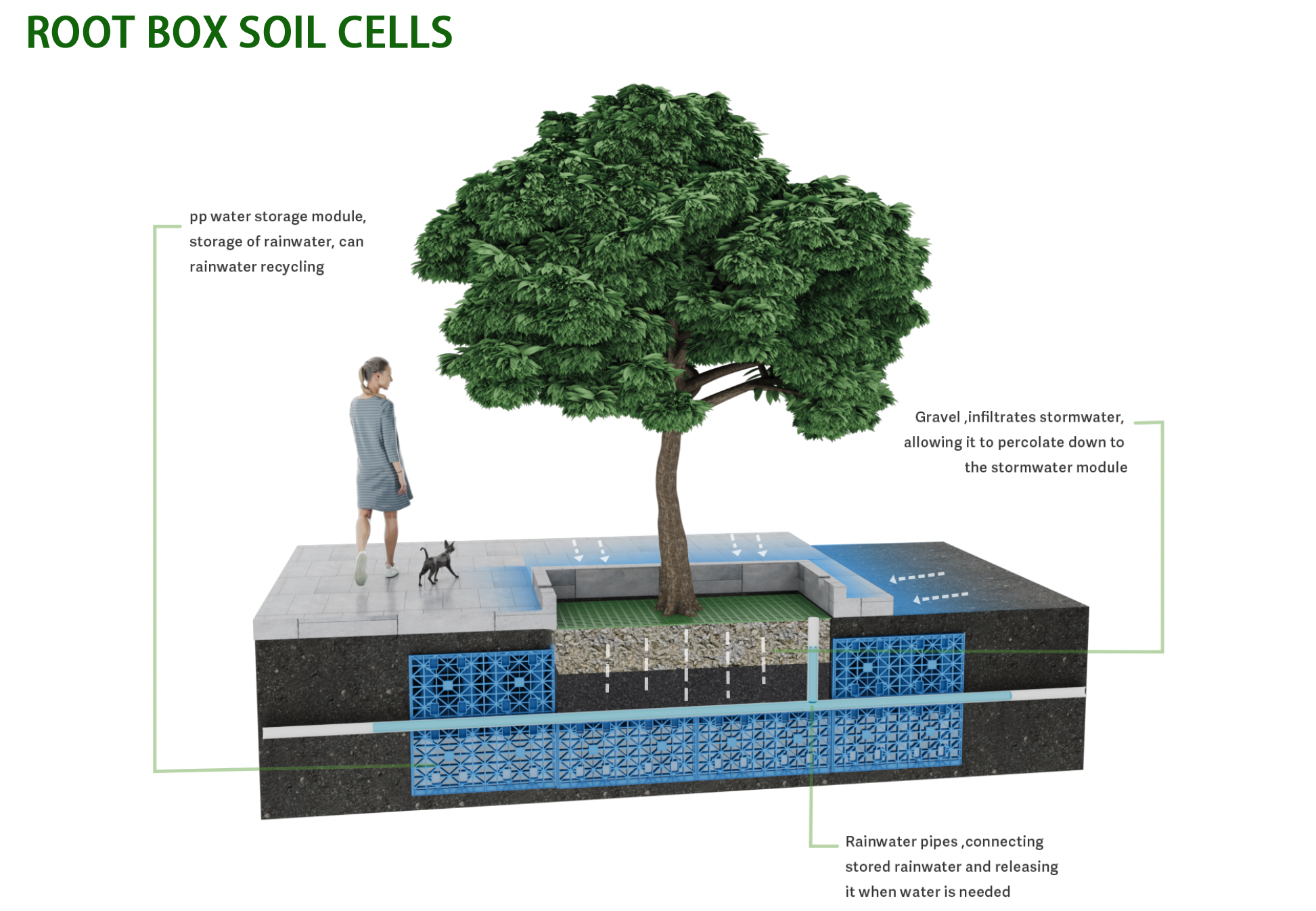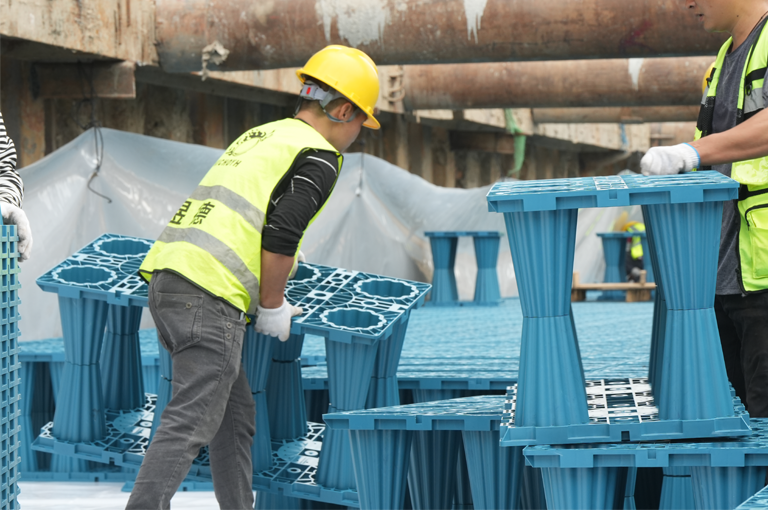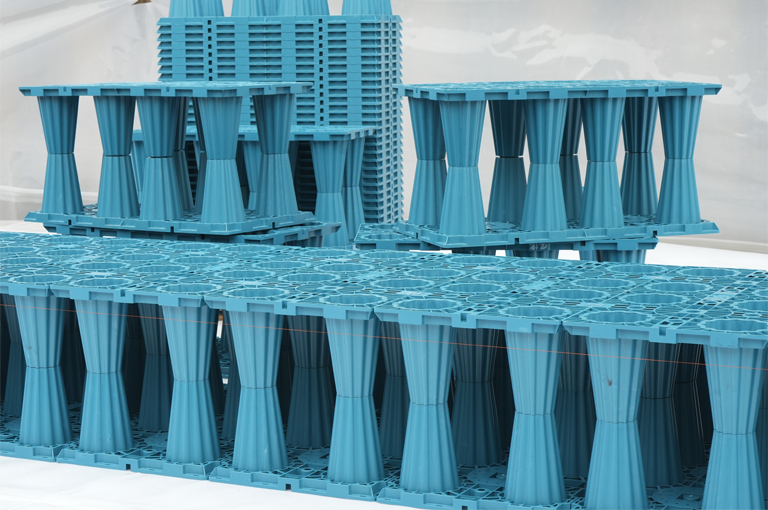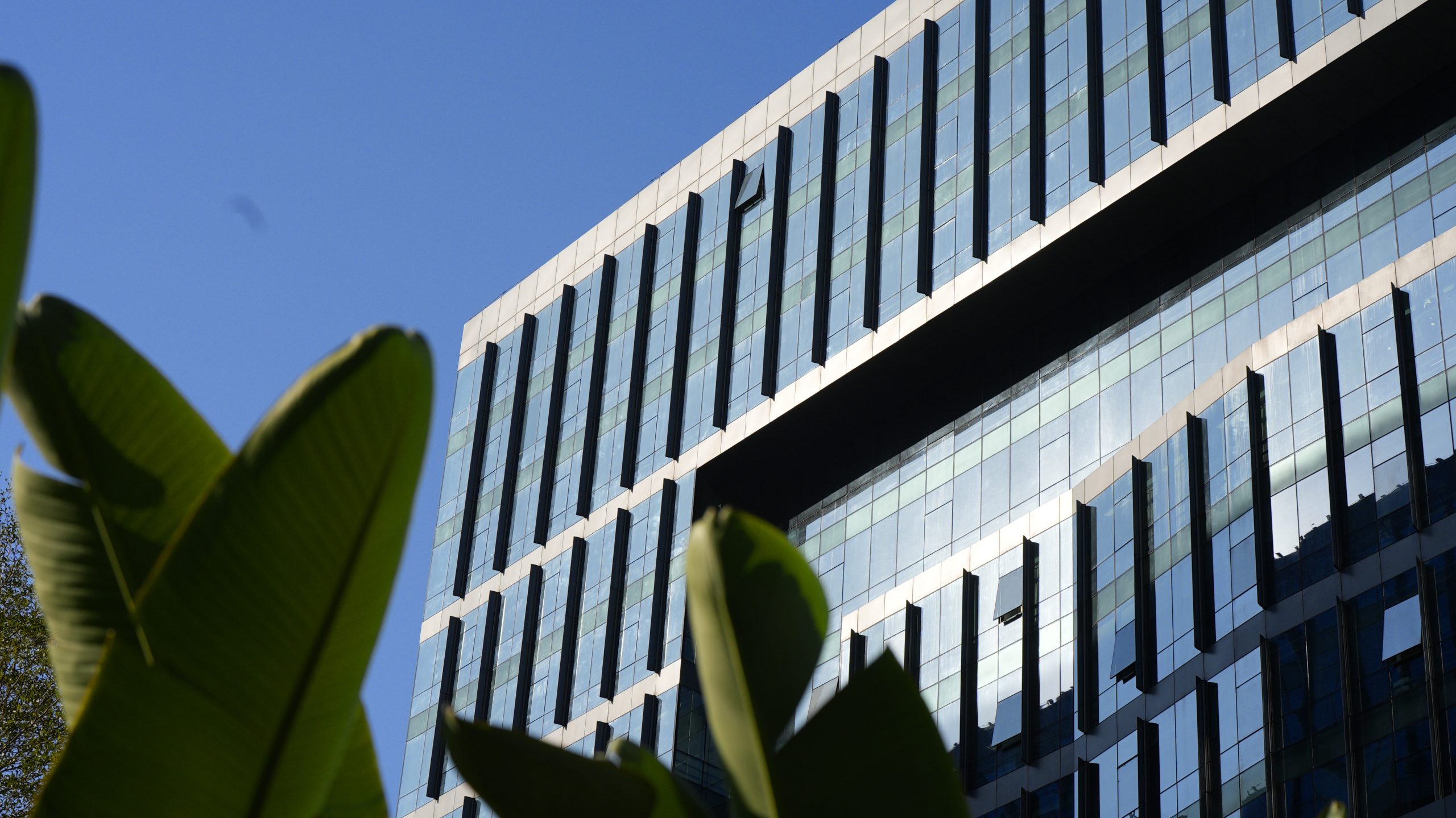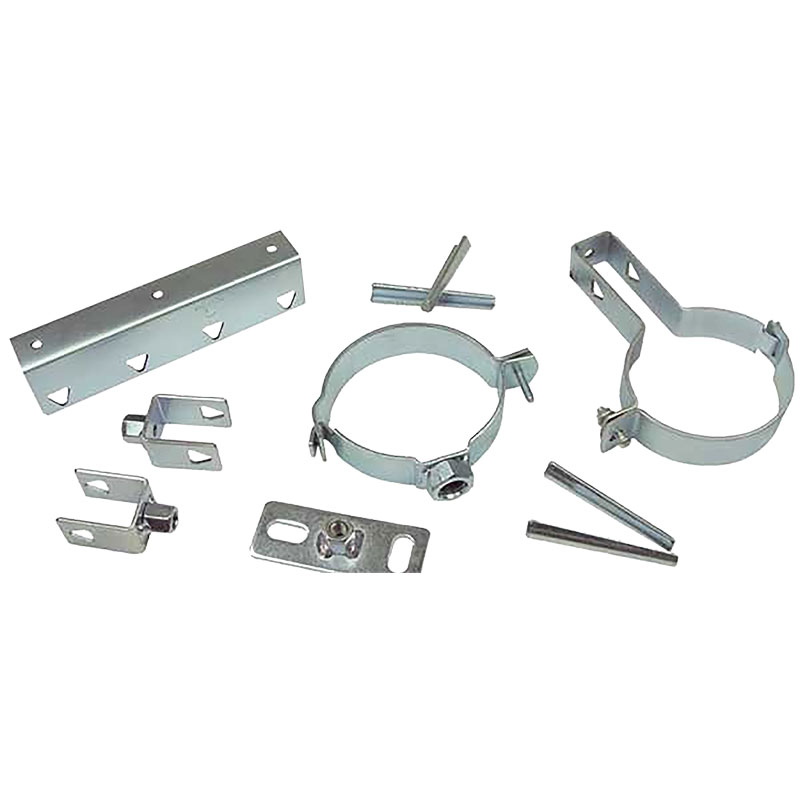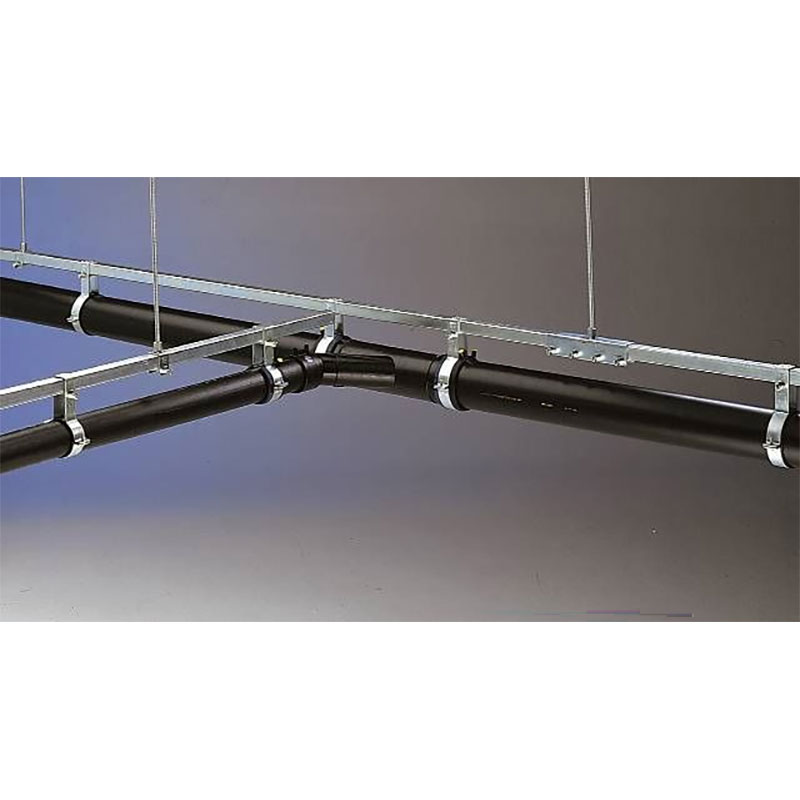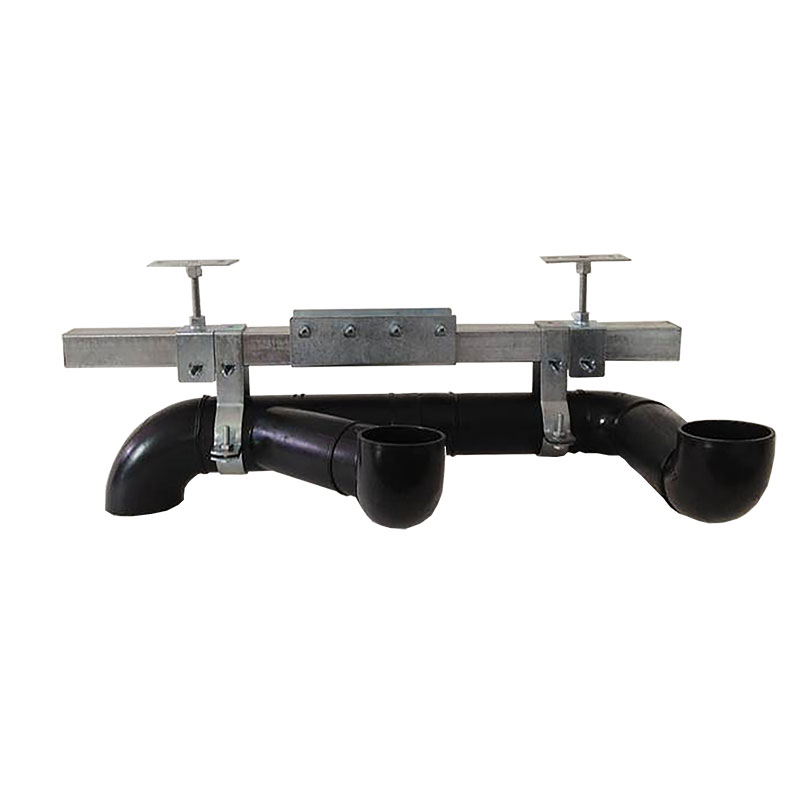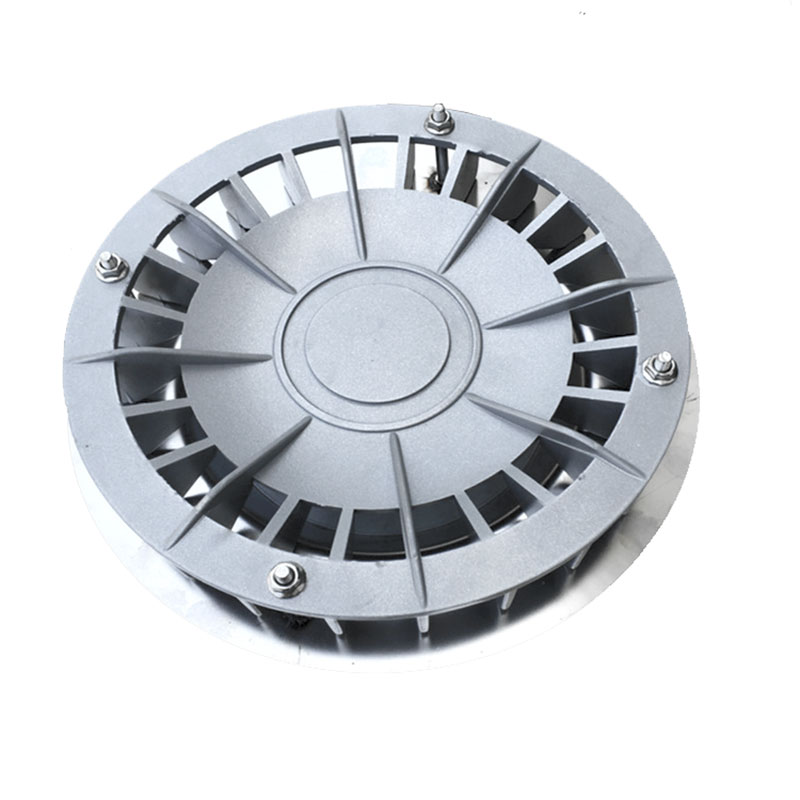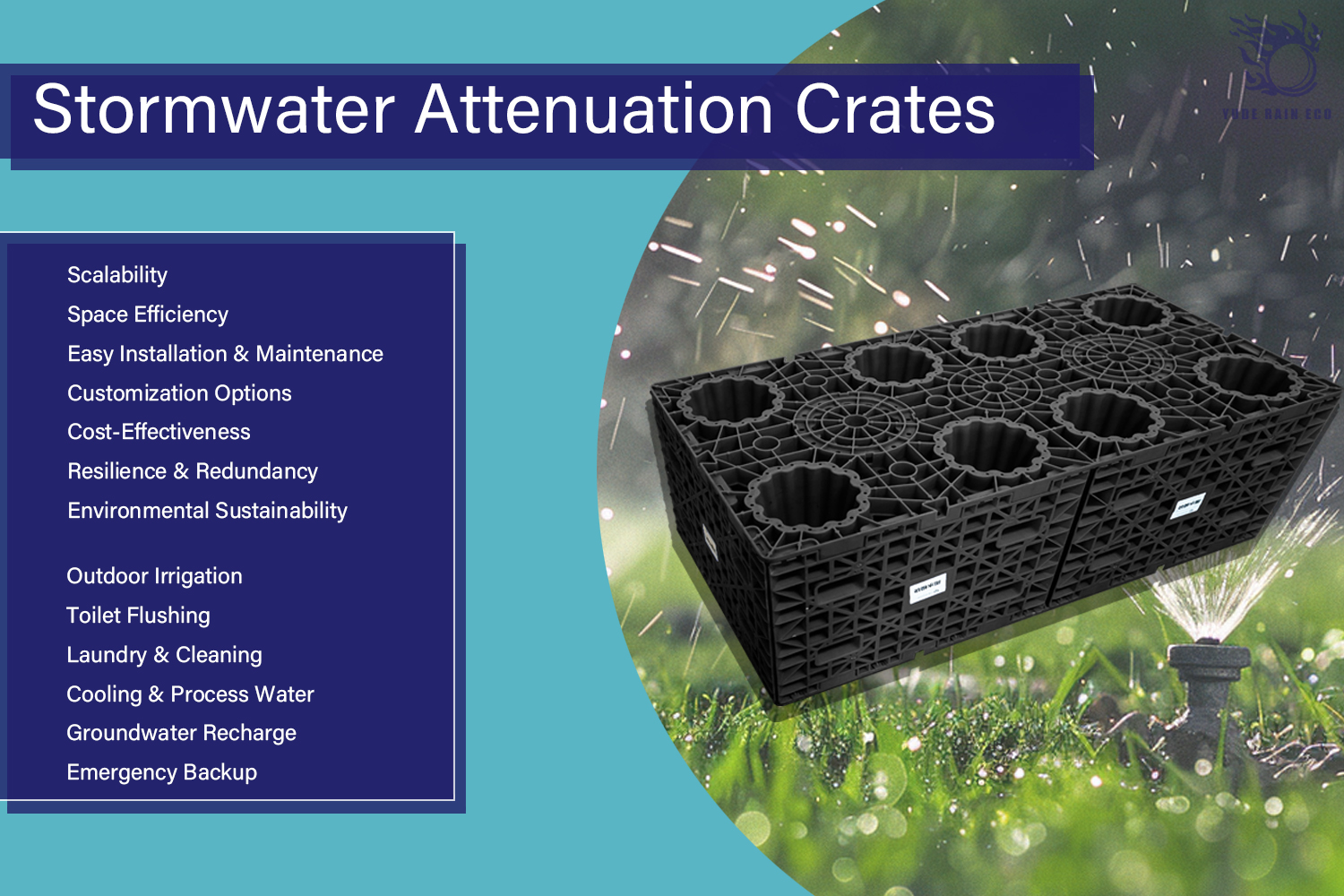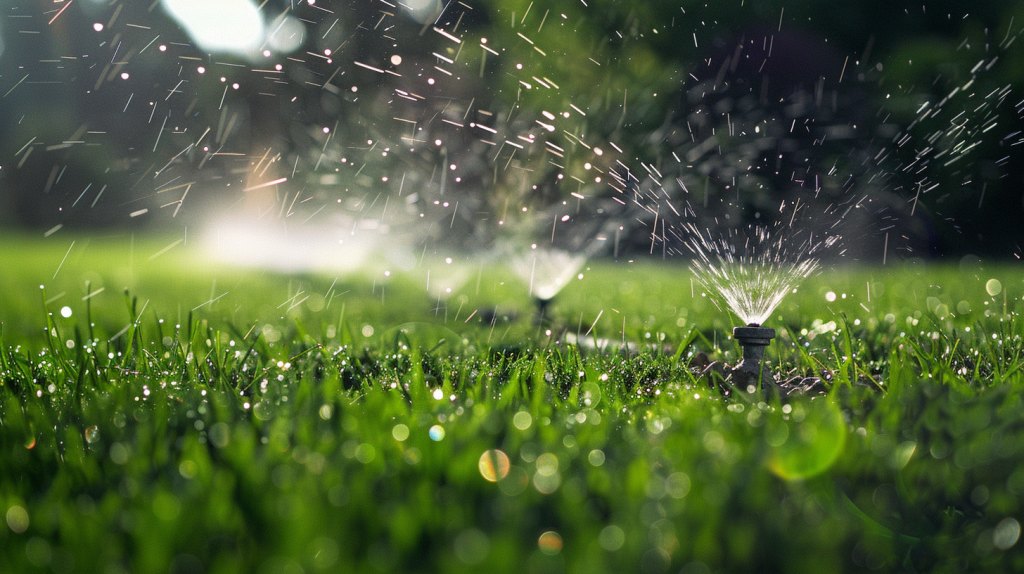Rainwater Hazards and Sustainable Building Solutions
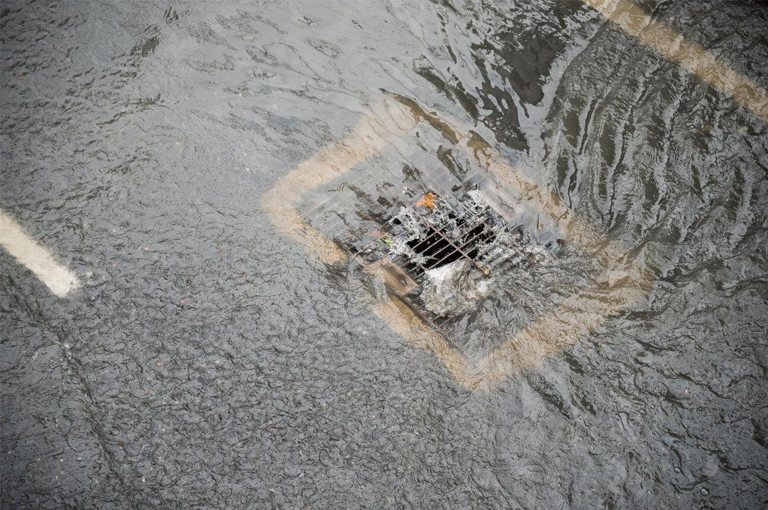
The Disasters and Dangers Heavy Rain Brings to Cities and Buildings
Disasters and Hazards Caused by Heavy Rain
Flooding and Waterlogging: Heavy rain can cause river levels to rise rapidly, overwhelming city drainage systems and leading to flooding and waterlogging, submerging roads, buildings, and underground facilities.
Soil Erosion and Landslides: The powerful water flow from heavy rain can cause soil erosion, especially in mountainous and slope areas, potentially triggering landslides that threaten nearby buildings and residents’ safety.
Building Damage: Strong winds and heavy rain can damage building structures, particularly old or poorly constructed houses, leading to roof leaks, wall cracks, or even collapse.
Damage to Underground Facilities: Heavy rain can flood basements, subway stations, and other underground facilities, causing equipment damage, power outages, and traffic paralysis.
Traffic Paralysis: Heavy rain can lead to water accumulation on roads, affecting vehicle movement, washing away bridges and roads, and causing traffic paralysis, impacting daily life and work.
Public Health Issues: Standing water after heavy rain can breed mosquitoes and spread diseases. Additionally, it can contaminate drinking water sources, leading to waterborne diseases.
Economic Losses: Disasters caused by heavy rain can result in significant economic losses, including building repairs, public facility restoration, transportation disruption, and farmland damage.
Psychological Impact: Heavy rain disasters can cause psychological trauma to affected people, especially those who have experienced severe flooding and house damage.
Urban Planning and Building Design: These disasters and hazards remind us of the importance of focusing on the construction of flood control and drainage facilities in urban planning and architectural design, enhancing buildings’ disaster resistance to reduce losses and hazards caused by heavy rain.
Visible impacts of recent heavy rainfall and heavy storms
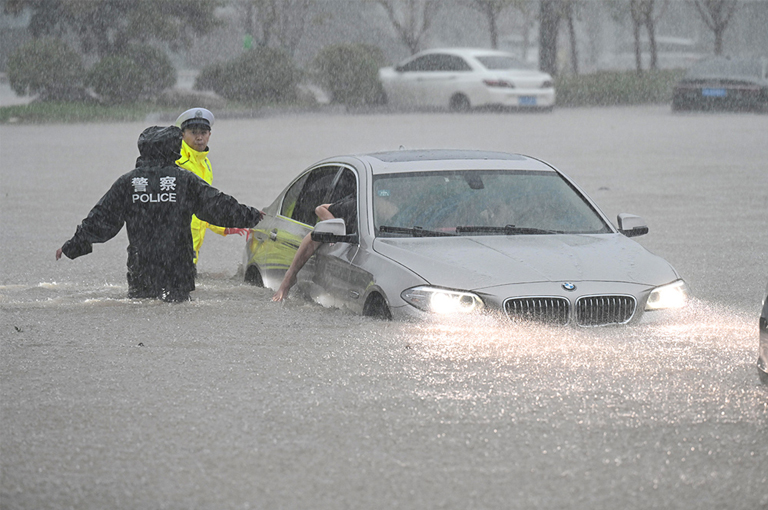
1. Floods in Guangdong Province, China: In April 2024, Guangdong Province in southern China experienced the worst flooding since 1954, forcing over 100,000 people to evacuate. The floods and landslides caused by heavy rain severely impacted local infrastructure and residents’ lives. The intensity and frequency of this rainfall are linked to climate change.
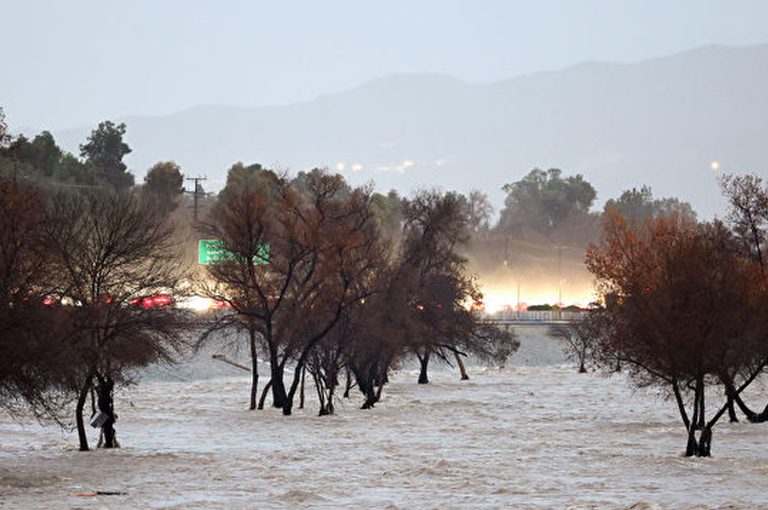
2. State of Emergency in California: In early 2024, Southern California experienced a severe storm, prompting Governor Gavin Newsom to declare a state of emergency. The storm’s strong winds and floods caused significant damage to local transportation and power supply, urging residents to take precautions to ensure safety.
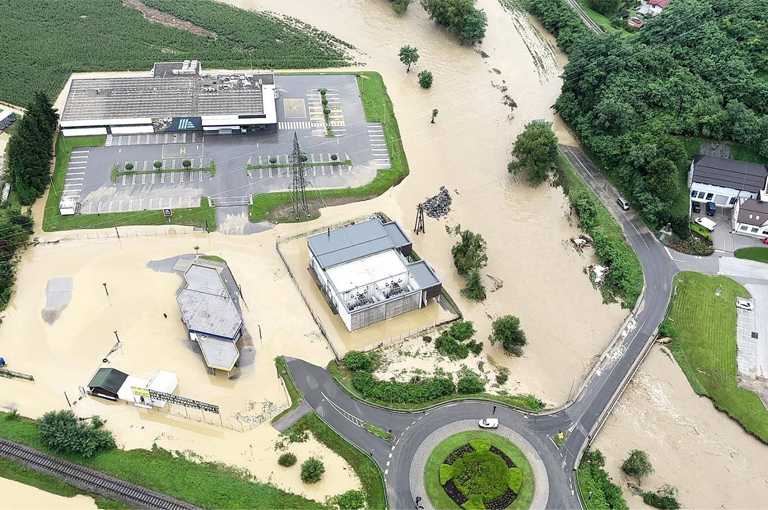
3. Historic Flooding in Slovenia: In August 2023, Slovenia experienced the most severe natural disaster in its history. Floods triggered by heavy rain covered two-thirds of the country, causing billions of euros in losses and resulting in multiple deaths. Many roads, bridges, and houses were destroyed, and thousands of residents were forced to evacuate.
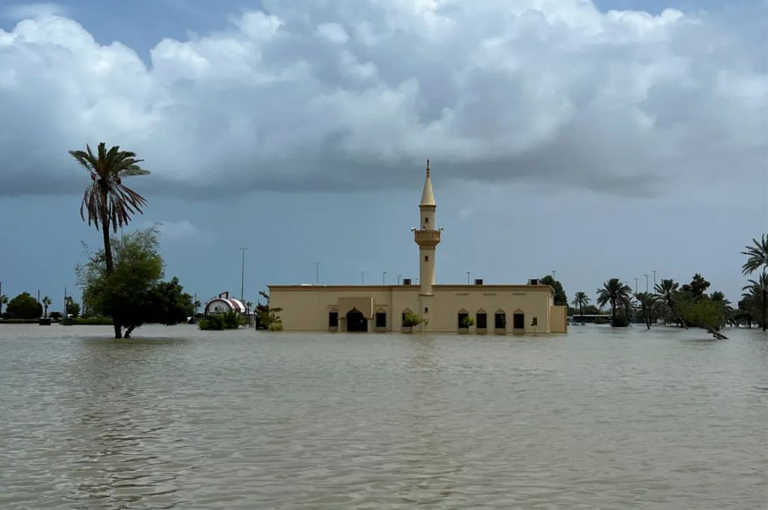
4. Rare Heavy Rain and Flooding in the UAE: Recently, the UAE also experienced rare heavy rain and flooding, causing significant impacts. In mid-April 2024, the UAE experienced the strongest rainfall since 1949, severely affecting cities like Dubai and Sharjah. Heavy rain caused road waterlogging, stranded vehicles, mass flight cancellations and delays at Dubai International Airport, and multiple flight diversions. The following are the disaster reports for the UAE in mid-April 2024:
(1). Deaths and Injuries: Heavy rain and flash floods caused at least 18 deaths in Oman, including several children. There were also reports of casualties in the UAE, with a 70-year-old man swept away by floods in Ras Al Khaimah.
(2). Infrastructure Damage: Heavy rain flooded several major highways in the UAE, causing vehicle breakdowns on roads. The government dispatched water pumps to clear the water, closed some schools and government offices, and advised employees to work remotely.
(3). Economic and Social Impact: The government announced $544.6 million for post-disaster reconstruction and assistance to affected families. The disaster also posed significant challenges to public health and transportation.
Yude Rain Eco‘s Role in Sustainable Rainwater Management
Yude Rain Eco is a leading rainwater sustainable management company in China, providing modular rainwater harvesting and siphonic drainage system solutions. These solutions, based on sustainable building principles, play a crucial role during heavy rain and stormy weather.
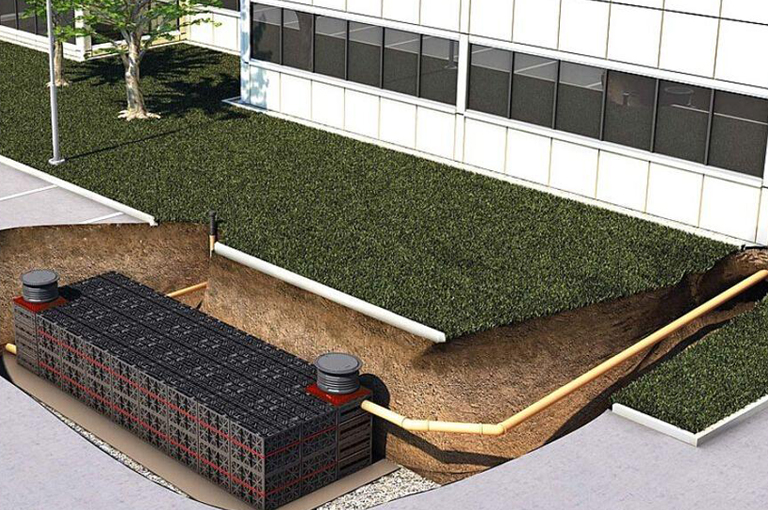
Functions of Modular Rainwater Harvesting Systems(Stormwater Attenuation Crates)
- Reducing Flooding and Waterlogging: Functions of Modular Rainwater Harvesting Systems(Stormwater Attenuation Crates)collect and store rainwater in underground or above-ground tanks, reducing surface water accumulation and mitigating the risk of urban waterlogging.
- Resource Reuse: Collected rainwater can be used for irrigation, toilet flushing, and cleaning, effectively reducing tap water usage and conserving water resources.
- Environmental Protection: By collecting and utilizing rainwater, the systems reduce pollutants carried by runoff into rivers and oceans, protecting water environments.
- Mitigating Urban Heat Island Effect: Storing and utilizing rainwater helps regulate the urban microclimate, reducing the heat island effect.
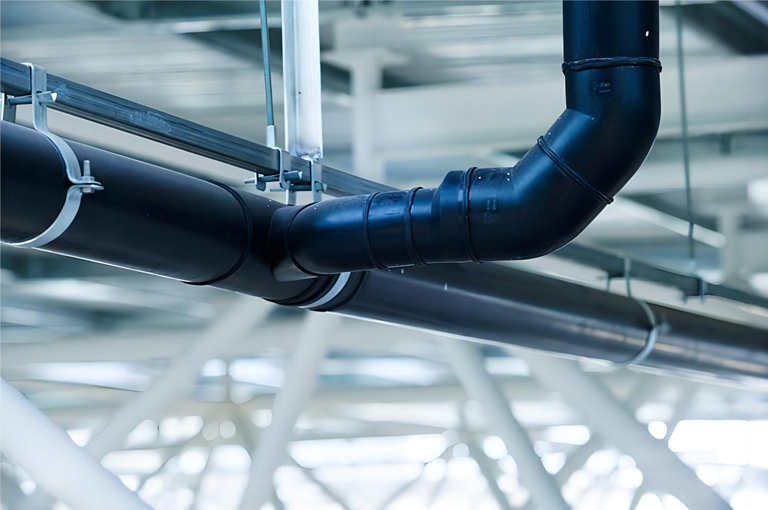
Functions of Siphonic Drainage Systems
- Efficient Drainage: Siphonic drainage systems use the siphon principle to rapidly and efficiently drain large amounts of rainwater, preventing water accumulation on roofs, roads, and other facilities.
- Space Saving: Siphonic drainage system pipes are smaller and flexible to install, saving building space and suitable for various building types.
- Reduced Construction Costs: Compared to traditional drainage systems, siphonic drainage systems are easier to install, have more flexible pipe layouts, and relatively lower construction costs.
- Reduced Structural Load: Efficient drainage capacity reduces water load on roofs and other structures, extending the building’s lifespan.
Importance of These Systems During Heavy Rain
- Preventing Roof Water Accumulation: Siphonic drainage systems quickly drain rainwater from roofs, preventing excessive pressure and avoiding leaks and structural damage.
- Preventing Urban Waterlogging: Functions of Modular Rainwater Harvesting Systems(Stormwater Attenuation Crates)effectively slow down the speed and quantity of surface runoff, reducing the burden on urban drainage systems and the likelihood of waterlogging.
- Post-Disaster Resource Management: Collected rainwater can serve as an emergency water source after heavy rain, providing for irrigation, toilet flushing, and other non-potable needs, alleviating post-disaster water pressure.
System Significance
- Enhancing Urban Resilience: The application of modular rainwater harvesting and siphonic drainage systems enhances urban adaptability to extreme weather, increasing city resilience.
- Sustainable Development: Proper management and utilization of rainwater resources contribute to achieving urban sustainable development goals, reducing reliance on natural water resources.
- Economic Benefits: By reducing flood losses, conserving water costs, and extending building lifespan, these systems provide significant economic benefits.
Application Cases
- Cities and Communities: We have installed modular rainwater harvesting and siphonic drainage systems in many cities and communities, significantly reducing flood and waterlogging risks and enhancing urban resilience.(Case Study for more information)
- Commercial and Residential Buildings: These systems are widely used in commercial and residential buildings, helping achieve green building certification, enhancing sustainability and market value.
Join Us
Yude Rain Eco is dedicated to providing innovative rainwater management solutions to help cities and communities cope with heavy rain and flood challenges. If you are interested in learning more or obtaining a stormwater hazard management solution, please contact us.
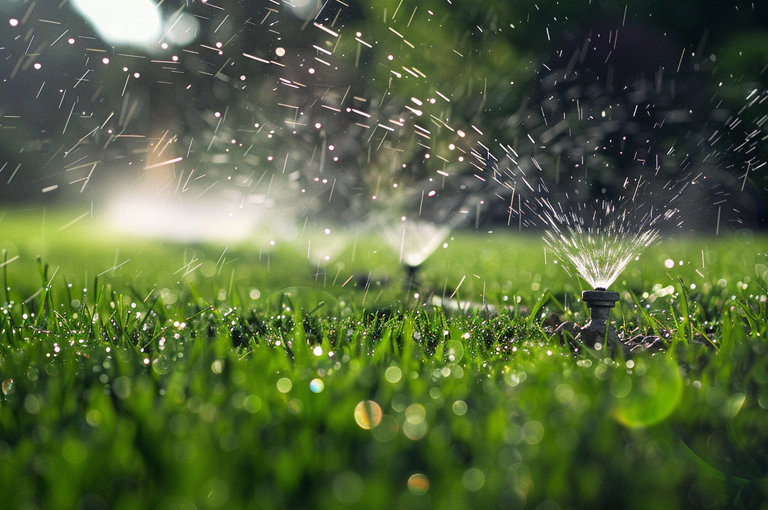
Contact Us
Through collaboration with Yude Rain Eco, we can collectively address the challenges of climate change, protect our homes, follow sustainable building principles, and achieve sustainable development goals.


